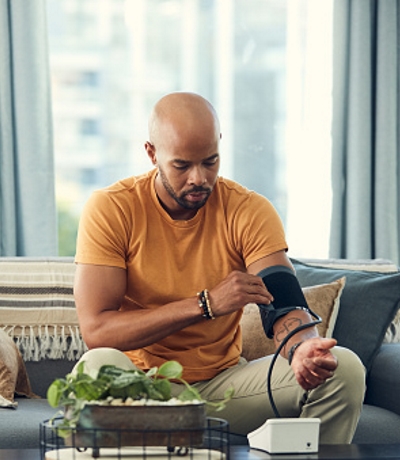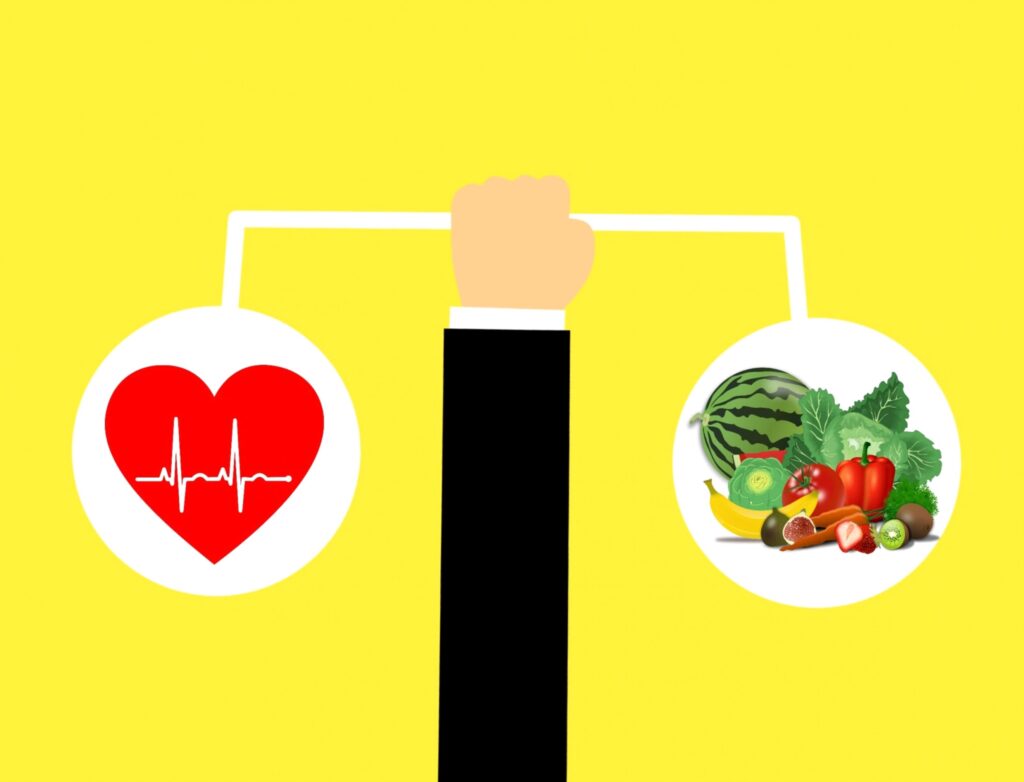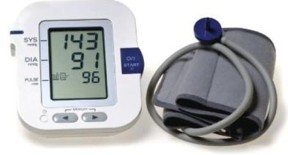
High blood pressure also known as Hypertension, is a leading cause of heart attacks and strokes. In Scotland 30% of adults have high blood pressure.
Understanding how to manage your blood pressure will help to gain better control over your condition and to reduce the risk of future problems. Having high blood pressure usually causes no symptoms and so it will be important to learn about how blood pressure is measured as well as how to control it.
What is high blood pressure?
For the heart to pump blood through the body, it needs a certain force to push the blood through the arteries. See High blood pressure (hypertension) to learn more.

The NICE/BIHS guideline indicates that the following lifestyle activities are associated with a potential reduction in blood pressure:
- weight reduction
- reduced salt intake
- limitation of alcohol consumption
- increased physical activity
- increased fruit and vegetable consumption
- reduced total fat and saturated fat intake.
Medications for high blood pressure
If lifestyle changes are not enough to bring your blood pressure to nearer normal levels, then you may be started on medication. There are many different medications to help lower blood pressure and most people need to take more than one type. Research suggests that taking two or more medicines often has a much better effect than taking just one.
If you would like to know more about your medication, click on the links below.
- ACE inhibitors i.e. Ramipril or Lisinopril
- Angiotensin receptor blockers (ARBs) i.e. Candesartan, Irbisartan
- Calcium-channel blockers i.e. Amlodipine
- Beta-blockers i.e. Bispoprolol, Atenolol
- Diuretics i.e Bendroflumethiazide
- Alpha-blockers (Doxazocin)
Monitoring your own blood pressure
You can take charge of monitoring and recording your blood pressure to make sure the medications and lifestyle changes are working.

As a general guide:
- 140/90mmHg or over – you may have high blood pressure
Most doctors use 140/90mmHg as the cut off for point for diagnosing high blood pressure. This is the point where your risk of serious health problems goes up. They might prescribe medications and advise you to make changes to your lifestyle to bring your blood pressure down. - 120/80mmHg up to 140/90mmHg – pre-high blood pressure
Also called high-normal blood pressure. This is not high blood pressure, but it is a little higher than it should be and means you could go on to develop high blood pressure. - 90/60mmHg up to 120/80mmHg – ideal blood pressure
Also called normal blood pressure. Your blood pressure reading is healthy. At this level you have a much lower risk of heart disease and stroke. - 90/60mmHg or lower – you may have low blood pressure
Low blood pressure usually isn’t a problem, but it can sometimes make you feel faint or dizzy or could be a sign of another health problem.
This is summarised in a simple diagram and explained further in the What do the numbers mean guide from Blood Pressure UK.
Remember these figures are only ever used as a guide. We are all individuals and will be treated as such. If you have any questions speak to your cardiac rehab practitioner or your GP.













